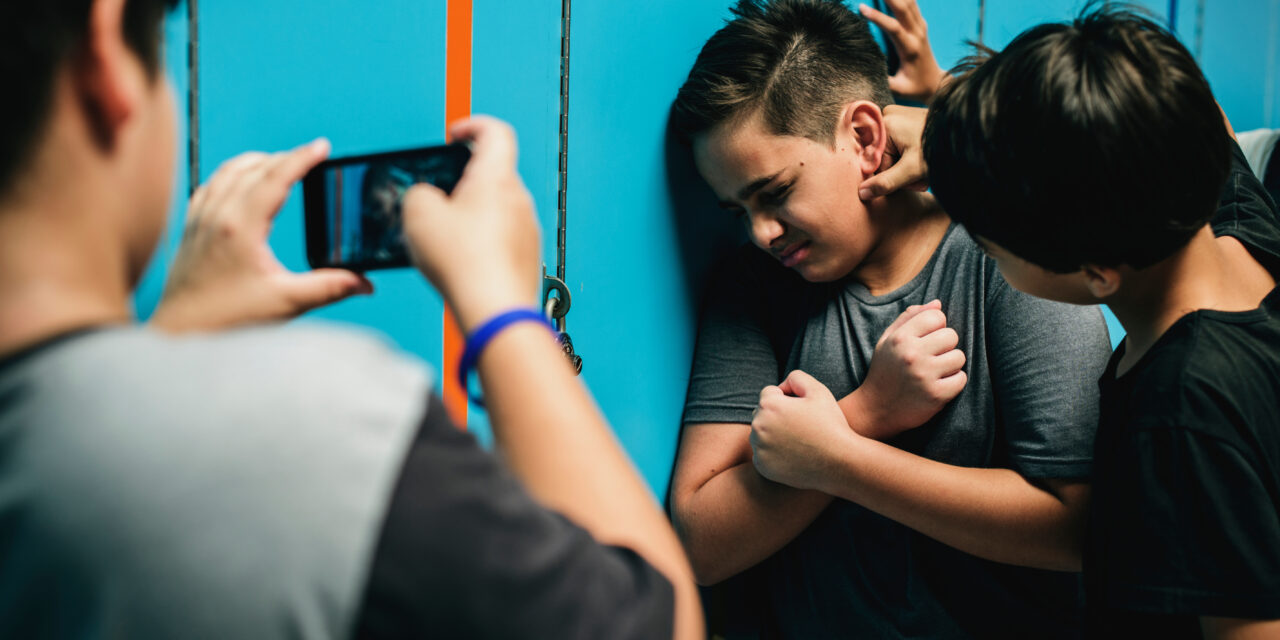Less than five months ago, Dariel Rivera Reyes, a 12-year-old 6th grade student who attended Martin Luther King Jr. School 48 in Buffalo, took his own life. Dariel, who lived with his grandparents, is said to have suffered relentless physical and emotional bullying at school and online, which was reported to school officials by his teachers and grandparents. Even though it is too late for Dariel, his grandparents want to see changes made that will prevent this from happening to another child.
Bullying is a major problem across the country. The National Center for Education Statistics reports that one out of every five students report being bullied. However, since many students are reluctant to admit having been bullied, it might be even more prevalent than statistics indicate. The primary reasons for being bullied include physical appearance, race/ethnicity, gender, disability, religion, and sexual orientation.
In the past, bullying may have ceased when students left school. But since the internet and digital devices provide round-the-clock exposure and access, bullying now takes place even after school hours through social media posts and texts. Students who experience bullying may be susceptible to anxiety, depression, sleep difficulties, lower academic achievement, and dropping out of school, says the Centers for Disease Control and Prevention.
Discovering the signs of bullying early on may help students get the help they need. Here are seven signs that could indicate a child is being bullied.
- Reluctance to go to school: Students being bullied may make excuses to stay home, such as saying they are sick. Frequent calls from the school nurse for early pickups also may occur.
- Mood changes: Children may appear sad, moody, teary, or depressed more often than usual.
- Changes in friendships: Loss or changes of friends could be signs of bullying. A reluctance to hang out in a once familiar social circle could signal bullying is taking place within that group.
- Bad dreams or trouble sleeping: Bullying could cause worry at night or subconsciously while a child is dreaming, interrupting sleeping patterns.
- Intense emotional reactions: Intense emotional reactions to school or social activities could indicate bullying is occurring. Although children may not always be able to articulate their feelings, excessive emotions concerning certain topics may be red flags.
- Signs of physical abuse: Bullying tends to lean toward the verbal and emotional. However, RaisingChildren.net reports that bruises, cuts, scratches, torn clothing, or missing property might also indicate physical bullying.
- Withdrawal from devices: Students being bullied online, or over social media, may decide not to use mobile phones or gaming systems they previously enjoyed.
Maintaining an open dialogue can help a child feel more comfortable in sharing details of bullying at school or elsewhere.












